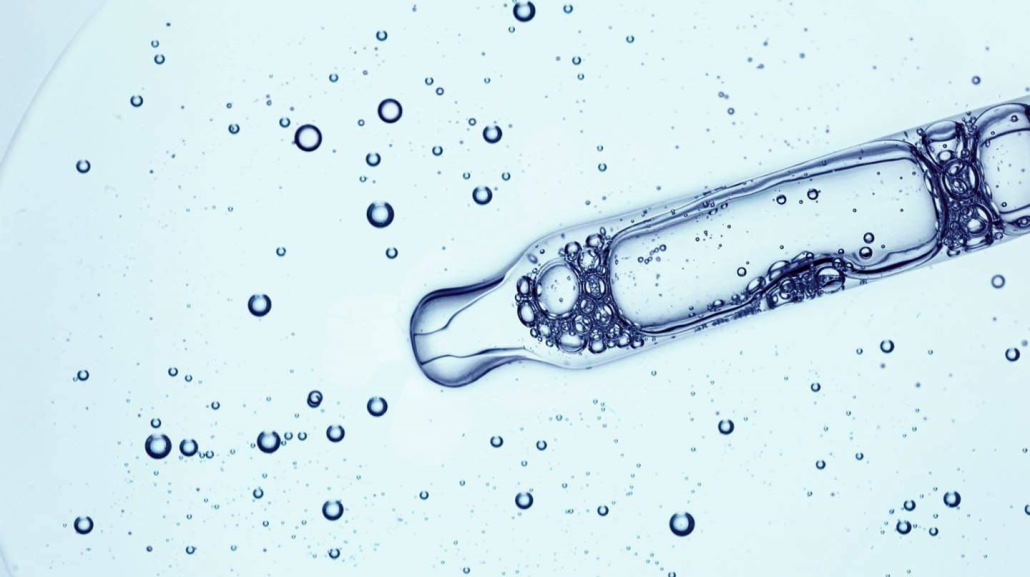
Everyone knows that keeping your skin healthy is important, but did you know that what you put in your body can have a major impact on how your skin looks? Sodium hyaluronate is an ingredient in many skincare products that helps keep skin looking young and healthy. Here’s what you need to know about sodium hyaluronate and how it can help improve the appearance of your skin.
Sodium hyaluronate: the key ingredient for youthful, glowing skin
As we age, our skin loses its natural elasticity and moisture-retaining ability. This loss of hydration is one of the most visible signs of aging skin.
Sodium hyaluronate is a natural substance that can help to restore the skin’s hydration and youthful appearance. This powerful ingredient is found in many popular anti-aging serums and creams.
When applied topically, sodium hyaluronate binds to water molecules and creates a protective barrier on the skin’s surface. This barrier helps to lock in moisture and prevent dehydration.

Sodium hyaluronate also stimulates collagen production, which helps to improve the skin’s elasticity and firmness. As a result, this powerful ingredient is an excellent choice for those seeking to reduce the appearance of fine lines and wrinkles.
If you’re looking for a product that can help you achieve younger-looking skin, be sure to look for one that contains sodium hyaluronate. This powerful ingredient can help to restore the skin’s hydration, elasticity, and youthful appearance.
What are the side effects of sodium hyaluronate?
Sodium hyaluronate’s most common side effects are temporary injection site reactions, such as pain/tenderness, redness, swelling, and bruising. These reactions typically occur immediately after injection and resolve within a few days.
Less common but more serious side effects of sodium hyaluronate may include allergic reactions (rash, hives, difficulty breathing, swelling of the face, lips, tongue, or throat), joint pain or inflammation (arthritis-like symptoms), and skin infections. If you experience any of these side effects after receiving a sodium hyaluronate injection, seek medical attention immediately.
Sodium hyaluronate is a safe and effective treatment for many conditions, but as with any medical treatment, there are potential risks and side effects. Before beginning treatment, discuss all of the risks and benefits of sodium hyaluronate with your doctor.
The difference between sodium hyaluronate and hyaluronic acid
 The two terms are often used interchangeably, but there is a difference between sodium hyaluronate and hyaluronic acid. Sodium hyaluronate is a derivative of hyaluronic acid, and it’s the form of the molecule that’s used in many injectable fillers. On the other hand, hyaluronic acid is found naturally in our bodies and helps keep our skin hydrated and plump.
The two terms are often used interchangeably, but there is a difference between sodium hyaluronate and hyaluronic acid. Sodium hyaluronate is a derivative of hyaluronic acid, and it’s the form of the molecule that’s used in many injectable fillers. On the other hand, hyaluronic acid is found naturally in our bodies and helps keep our skin hydrated and plump.
Both sodium hyaluronate and hyaluronic acid can attract and hold onto water molecules, which is why they’re so effective at moisturizing the skin. However, sodium hyaluronate has a smaller molecular weight than hyaluronic acid so that it can penetrate the skin more deeply. This makes it a better filler choice, as it can help plump up the skin from within.
If you’re looking for a product containing sodium hyaluronate and hyaluronic acid, look for one labelled “hydrating” or “moisturizing.” These products will help keep your skin hydrated and looking its best.



